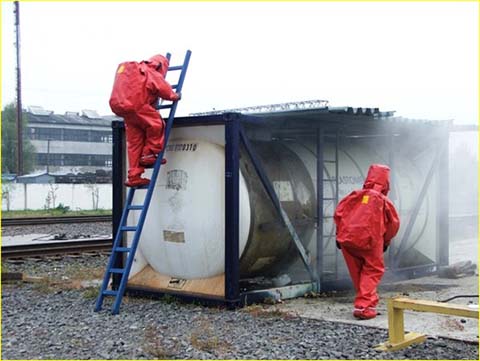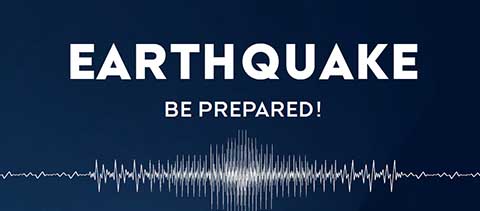
Emergency response
The system of preparedness and response in emergency situations is determined in legal entities by internal documentation, which depends on the activities that take place at the location in question.

Hazard recognition / risk assessment
- risk assessment of the population, material, and cultural assets
- risk assessment of jobs (jobs)
- assessment of danger from fire and technological explosions
- assessment of the danger of buildings and facilities
- safety report
- a list of significant aspects of the environment
Operational documents of the 1st level - intervention plans
- operational plans of civil protection
- evacuation and rescue plans
- fire protection plans
- plans for special measures of enhanced security and protection
- internal protection plans
- sea and water protection measures plans
2nd level operational documents - procedures and instructions
- determining the necessary resources (human, material)
- training (of workers and contracted suppliers), checking of acquired knowledge
- evaluating the performance of the system
- notification and reporting of an extraordinary event
- analyzes and measures to improve the system
- instructions for the safe operation of processes in the company
Firefighting
- Firefighting in industry as the main organized factor for the implementation of safety measures in high-risk industries.
- Necessary preparatory work for obtaining the necessary authorizations and establishing the organization of the work of professional fire brigades in the economy as part of the unified state system of response in emergency situations.
- The industrial fire brigade is a professional organized formation that must be trained and equipped for operational handling of dangerous substances. In any environmental pollution remediation, it must be a reliable and safe leader for all other participants in environmental pollution remediation.
Earthquake
- The earthquake does not kill! Things that kill in the earthquake are buildings, furniture, damaged installations, and other secondary consequences.
- The best defense against earthquakes is preventive, which implies permanent education and training of workers and the population, training of operational forces, planning, designing and construction in accordance with the principles of earthquake-proof construction.
- The goal of the earthquake response system is to define specific activities (duties, obligations, responsibilities) of preparedness and response in earthquake crisis situations, as well as to prepare the company’s employees for the possible risk of an earthquake through educational preventive campaigns.
Procedure before the earthquake (obligations of the participants)
- preventive defenses against earthquakes
- responsible persons
- professional services of the company (civil protection, health protection and safety at work, environmental protection, fire protection and firefighting)
- workers
Handling during an earthquake
- indoors
- open space
- in the car
- under the ruins
Handling after an earthquake
- evacuation and rescue
- disconnection of segments of the plant, electrical installations, gas and water and protection of property
